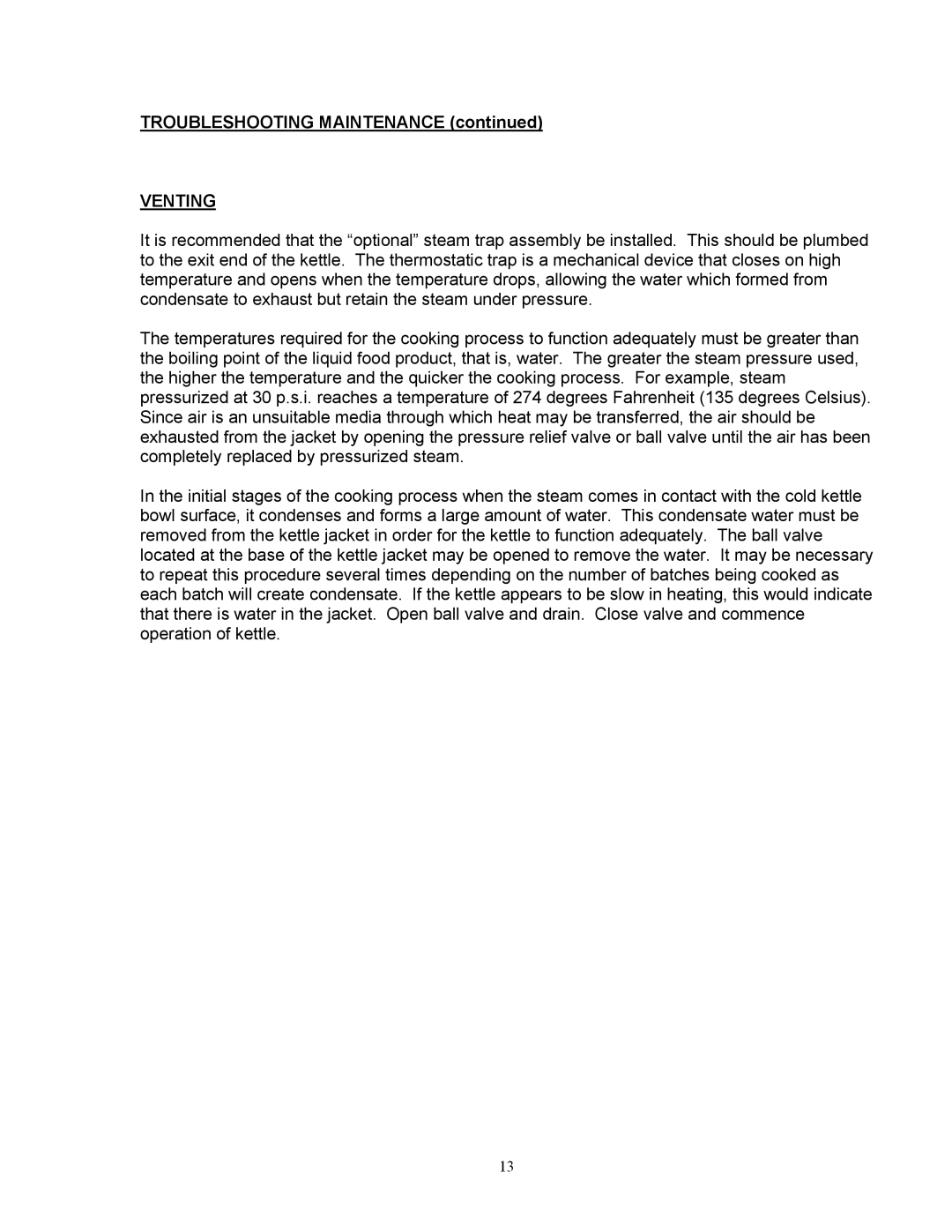KLS-DS, KPS-DS Series specifications
The Blodgett KPS-DS Series and KLS-DS Series ovens represent a pinnacle of innovation in the commercial cooking arena, designed specifically to meet the diverse needs of restaurants, catering services, and institutions. These ovens are engineered with advanced technologies that enhance cooking efficiency and guarantee consistent results.One of the main features of the KPS-DS Series is its dual stack configuration, which allows for maximum production in a limited space. This vertical stacking helps optimize kitchen floor plans while delivering the capacity to handle multiple trays simultaneously. With a robust design, these ovens offer exceptional durability and performance, contributing to their popularity among culinary professionals.
The KLS-DS Series, on the other hand, focuses on efficiency and versatility. It is engineered with a highly efficient heat transfer system that ensures even heat distribution across all racks. This technology reduces cooking times and energy consumption, making it an environmentally friendly option. Additionally, the KLS-DS ovens are equipped with a steam injection feature, allowing users to create the perfect crust on baked goods and ensuring that proteins retain their moisture and flavor.
An exceptional characteristic of both series is the ease of use. They are integrated with intuitive controls that make setting cooking times and temperatures straightforward. The digital display offers precise monitoring, enhancing the user's ability to replicate recipes consistently. Moreover, the programmable features allow for the storage of different cooking profiles, streamlining operations during busy hours.
Safety is also a priority in the design of these ovens. The Blodgett KPS-DS and KLS-DS Series come standard with a safety lock mechanism, ensuring operator protection during use. Additionally, the ovens’ exterior is constructed from high-quality stainless steel, providing not only durability but also a sleek appearance that fits well in any commercial kitchen setting.
Furthermore, these ovens boast easy maintenance features. The removable components and smooth surfaces simplify cleaning processes, ensuring that hygiene standards are upheld effortlessly. Blodgett’s commitment to reliability and performance is evident in both the KPS-DS and KLS-DS Series, making them a wise investment for any food service establishment.
In conclusion, whether choosing the KPS-DS or KLS-DS Series, operators can expect a powerful, efficient, and user-friendly cooking solution that meets the high demands of today’s culinary landscape.
